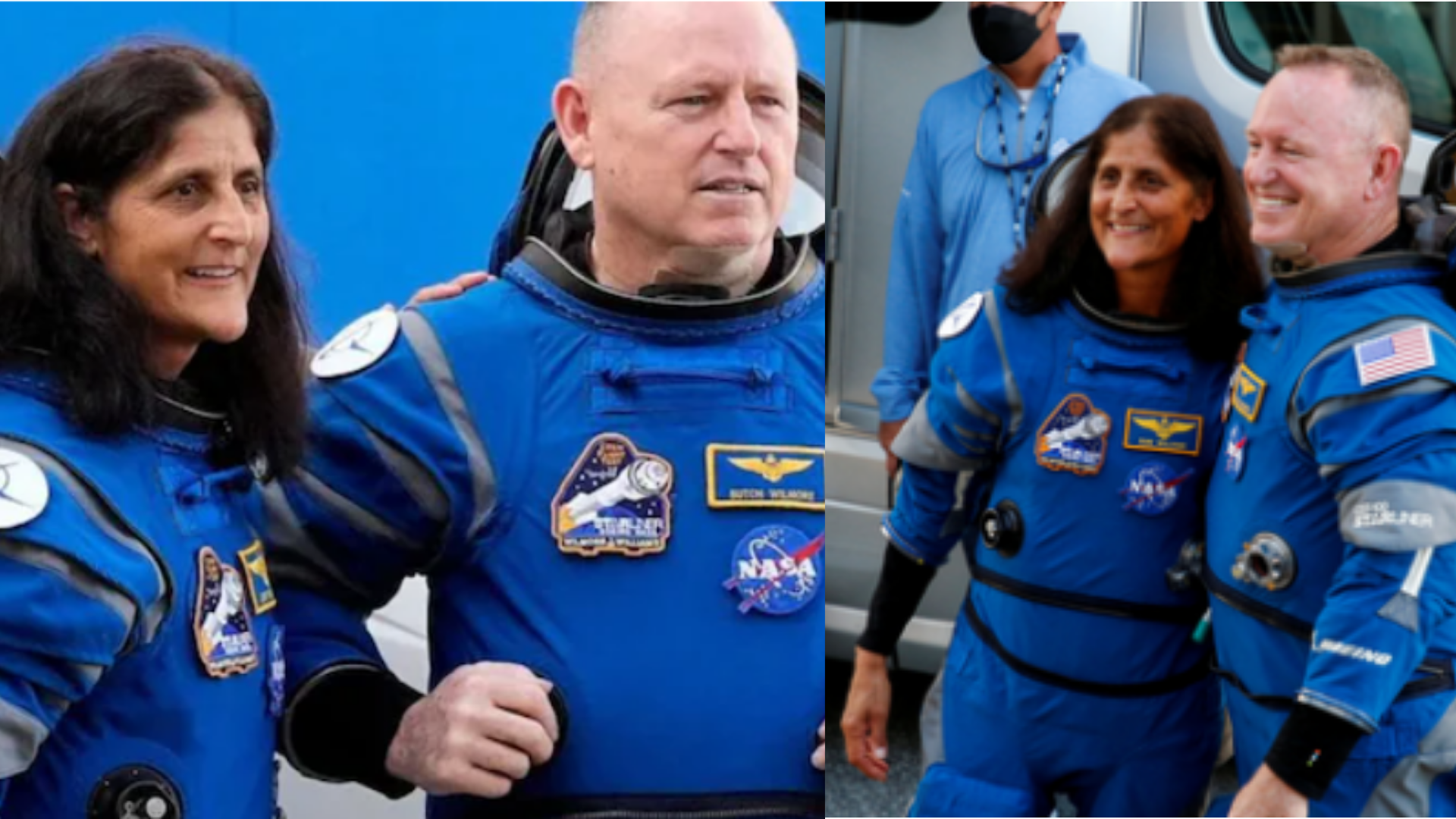NASA astronauts Sunita “Suni” Williams and Butch Wilmore have once again addressed the growing narrative surrounding their extended stay aboard the International Space Station (ISS). In light of recent public attention, the astronauts emphasized that they do not feel “stuck” in space, but rather remain committed to their mission.
The Origins of the Extended Stay
Williams and Wilmore were originally part of the Boeing Starliner’s first crewed test flight to the ISS last summer. What was meant to be a ten-day mission turned into a months-long journey after a series of setbacks. The Starliner spacecraft faced docking issues, including problems with its thrusters and helium leaks. These technical challenges made it too risky for the spacecraft to return to Earth, prompting a delay in their planned return.
As a result, their mission duration unexpectedly extended, leading to media portrayals of the astronauts as “stranded” or “abandoned” 250 miles above Earth. This portrayal quickly caught the attention of the public, including comments from prominent figures such as President Donald Trump and SpaceX CEO Elon Musk.
Responding to the “Stuck” Narrative
In an interview with CNN, Wilmore and Williams were keen to set the record straight about their feelings on the extended stay. Wilmore, addressing the media’s choice of words, explained, “That’s been the rhetoric. That’s been the narrative from day one: stranded, abandoned, stuck — and I get it. We both get it.”
However, both astronauts emphasized that the term “stuck” was inaccurate. “We don’t feel abandoned, we don’t feel stuck, we don’t feel stranded,” Wilmore said. Williams echoed his sentiments, stressing that they knew from the outset that the mission was a test flight. “Butch and I knew this was a test flight,” she said, acknowledging that issues were likely to arise. “We found some stuff, and so that was not a surprise.”
Clarifying the Mission’s Nature
Williams and Wilmore have repeatedly stated that they were fully aware of the potential risks involved in the Starliner test flight. Their commitment to the mission has remained unwavering. “That’s what we prefer,” Wilmore added, requesting that the public and media change the narrative to reflect their dedication, rather than portraying them as being “stuck.”
The astronauts emphasized that this was not a failure, but rather part of the natural process of testing and refining technology for future human space missions. Their positive outlook and commitment to the mission help reinforce the importance of human spaceflight, despite the unexpected challenges they encountered.
Plan for Return to Earth
The astronauts’ return is now scheduled for next month aboard the SpaceX Crew-9 capsule, with a fast-tracked timeline following delays announced late last year. NASA and SpaceX are working to ensure a safe and timely return for the astronauts, and the extended mission has only underscored the resilience and professionalism of both Williams and Wilmore.
Public Perception and Political Commentary
Amid the extended stay, former President Donald Trump and SpaceX CEO Elon Musk expressed concern over the situation, with Trump suggesting that the astronauts had been “virtually abandoned.” Musk also offered support, stating that SpaceX would assist in bringing the astronauts home. “The @POTUS has asked @SpaceX to bring home the 2 astronauts stranded on the @Space_Station as soon as possible. We will do so,” Musk tweeted. He also criticized the Biden administration for the delay in returning the astronauts.
A Message of Resilience and Commitment
In the face of media and political attention, both Wilmore and Williams have maintained a clear and consistent message: they are not “stuck.” They are committed astronauts, focused on their mission, and excited for the opportunity to return home once their work on the ISS is complete. Their professionalism and dedication demonstrate the importance of their roles in advancing space exploration.
NASA continues to support Williams and Wilmore, and their situation highlights the challenges of human spaceflight, where unforeseen circumstances can lead to extended missions. The astronauts’ journey also emphasizes the crucial need for continued testing and improvement of space technologies as humanity prepares for future missions beyond Earth’s orbit.
